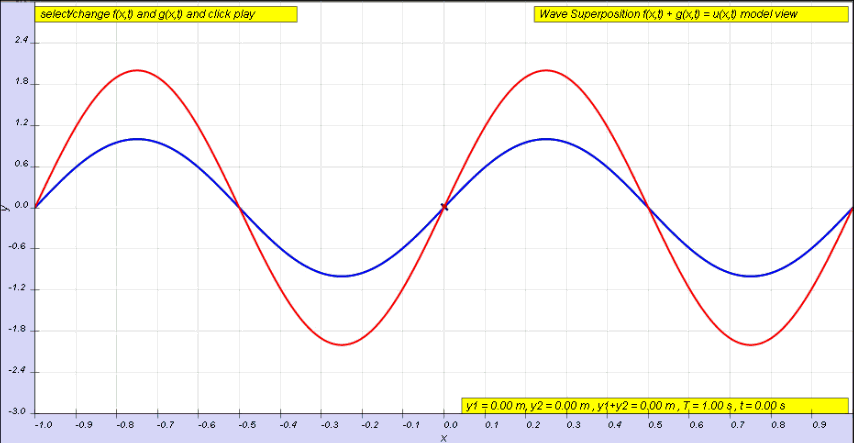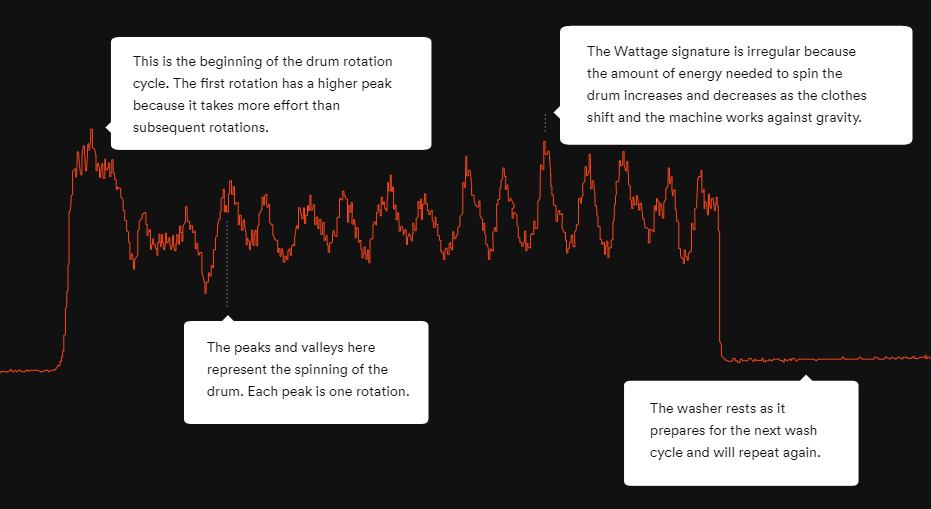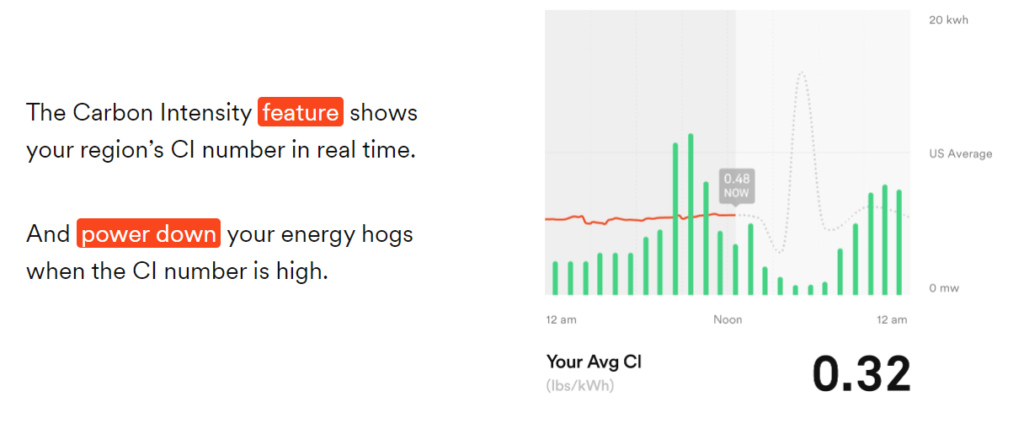Sense: Making Sense of it All

Gleaning insights from the every device in your house
Imagine if you could see every single device in your house, it’s usage, efficiency, and status. Imagine you could see this from anywhere via your phone, and not just smart devices, even all the way down to your Christmas lights. Sense aims to leverage an astronomical amount of gathered data from homes just like yours to do just that and allow you to monitor your devices from anywhere in the world, optimizing electrical consumption, reducing waste, and granting you peace of mind.
Underpinning Sense’s proprietary data management and machine learning processes is the concept of superposition: where a signal that can be seen is the result of the addition of several component signals:

In this case, the two signals are coming together to create the third. Now imagine this in your house. How many devices do you have? Each one of them has a unique signal as it uses power, and as it goes on standby. Added together, they create a signal that your electrical box “sees”, and where Sense plugs in to get at all that data.
Sense works by watching and waiting. Plug it in to the electrical box in your house, and it will start -in real time- monitoring your electrical usage while simultaneously analyzing it. Every single device in your house has an electric usage profile, and Sense can see the aggregate, which it will slowly start to break down into individualized parts.

The graph above shows the usage of a single device. Most homes will have dozens of devices, who’s cumulative power draw creates a challenging puzzle for Sense to solve. Utilizing proprietary machine-learning algorithms, and consulting against a database of Sense’s collections from other houses, Sense will start to identify devices and remove them from the superposition. From their other users, Sense knows what typical devices profiles look like (eg. A fridge, a dishwasher, a phone plugged in to charge). For devices it doesn’t recognize, it prompts the user to identify it, adding to the Sense network’s cumulative data knowledge, and improving the product for all users.
Monetizing this data has proven to be a challenge, however, Sense has risen to it more than many of it’s failed competitors. Sustaining a business model on incremental improvements in efficiency is very difficult, as even moderate discount rates make all but the most onerous efficiency projects net value destructive. Sense appeals to consumers on three points. Firstly, peace of mind: Sense can tell you if a device is running while you’re away, indicating anything from a heater malfunction to a burglar turning on lights. Secondly, direct energy savings: No need to run a heater if sense knows you’ll be running your dryer soon anyways, and the built in tools to help energy bill tracking assist this. Finally, indirect energy and carbon savings: Sense knows your usage patterns, and with some inputs from the user on where they live, can figure out when electricity is being made on the grid for the cheapest and least carbon intensive way.

On all of these points, Sense leverages data to add value. It learns more about the devices your using, and the context in which you’re using them, to forecast your usage and alert you when things seem amiss. It can get you the cheapest power, or the cleanest power, depending on your preferences. In return, you give it data as it reads your house, learns new devices, and analyses your usage. Naturally, there have been large privacy questions about this, however for now it seems that the value they provide and the privacy they offer outweigh any concerns. Looking to the future, gathering this huge amount of data has big implications if Sense decides to move into the demand response (DR) space. In that field, utility providers would be very willing to pay for aggregate customer usage data, and the power to shift consumption. It’s not unthinkable that a utility would love to offer a discount to consumers to use large power devices (eg electric car charger) at night, and Sense would be the one to facilitate that transaction.
[1] https://upload.wikimedia.org/wikipedia/commons/c/c8/Superpositionprinciple.gif



This is a really interesting post, thanks Sutton. I wonder what it is about this situation / company which makes it so difficult to monetize their value. Is this due to the scope of the company’s value creation — i.e., perhaps that many of these benefits are at the margin, it becomes difficult to capture value at scale (many minor tweaks in usage patterns to generate many incremental benefits in energy usage)? Or is there something else driving this?
I would also be curious if the Company has looked to other go-to-market models — perhaps partnering with regulators or utility providers — as a way to better capture the value they’re creating.
Interesting post, Sutton! I heard about this company but didnt know exactly what they did or offered. Your post was very helpful. I think the company is offering a very timely product since we are in the age where everyone wants to understand their personal and community’s data points/impact. Plus, with a big focus on sustainability, I think what they’re doing makes a lot of “sense” 😉